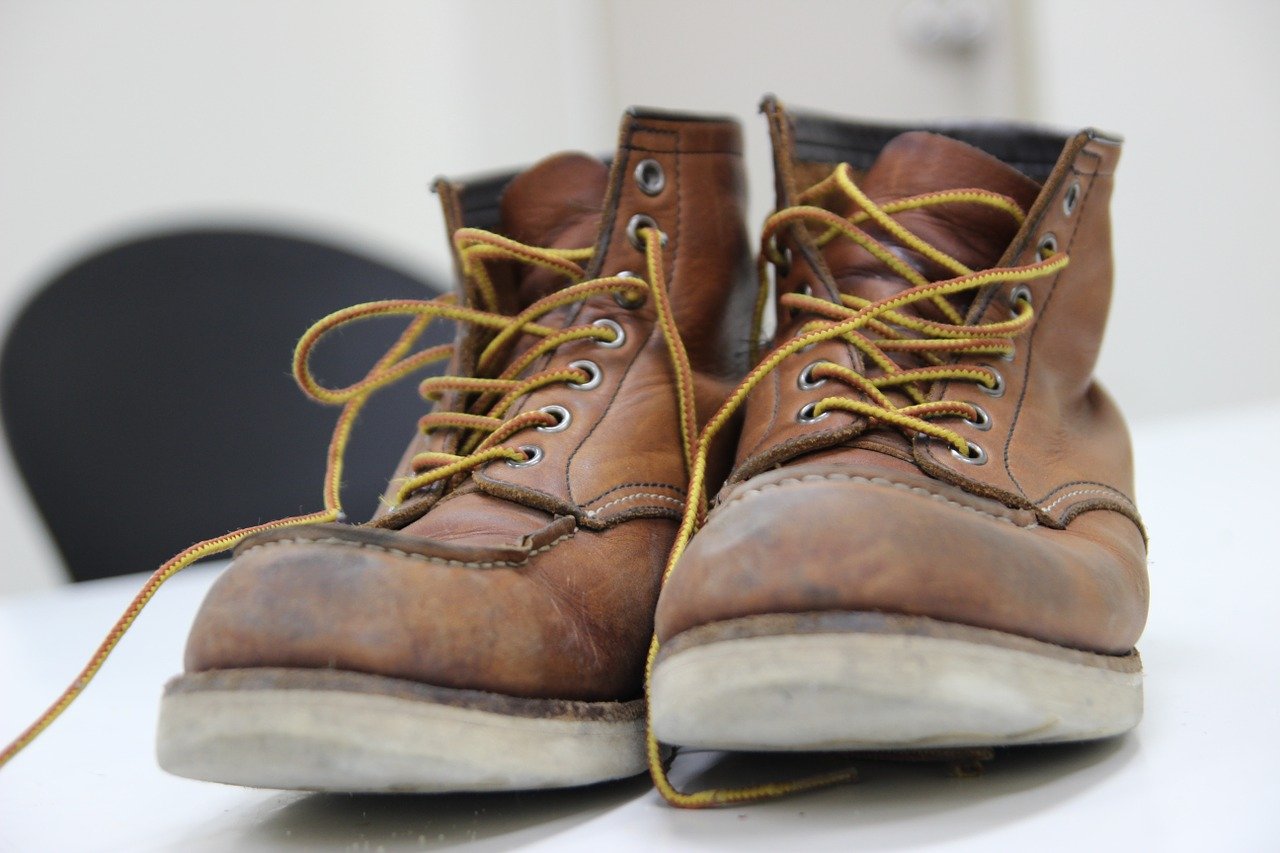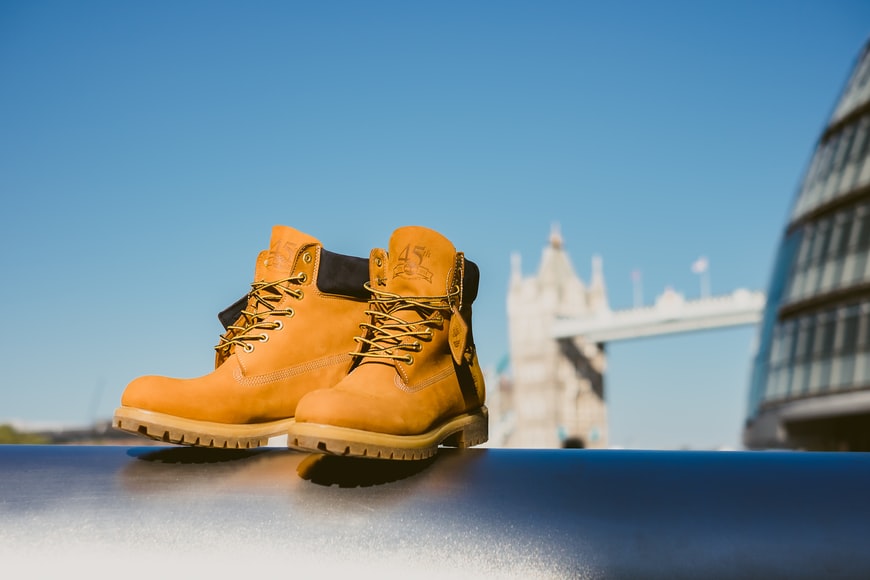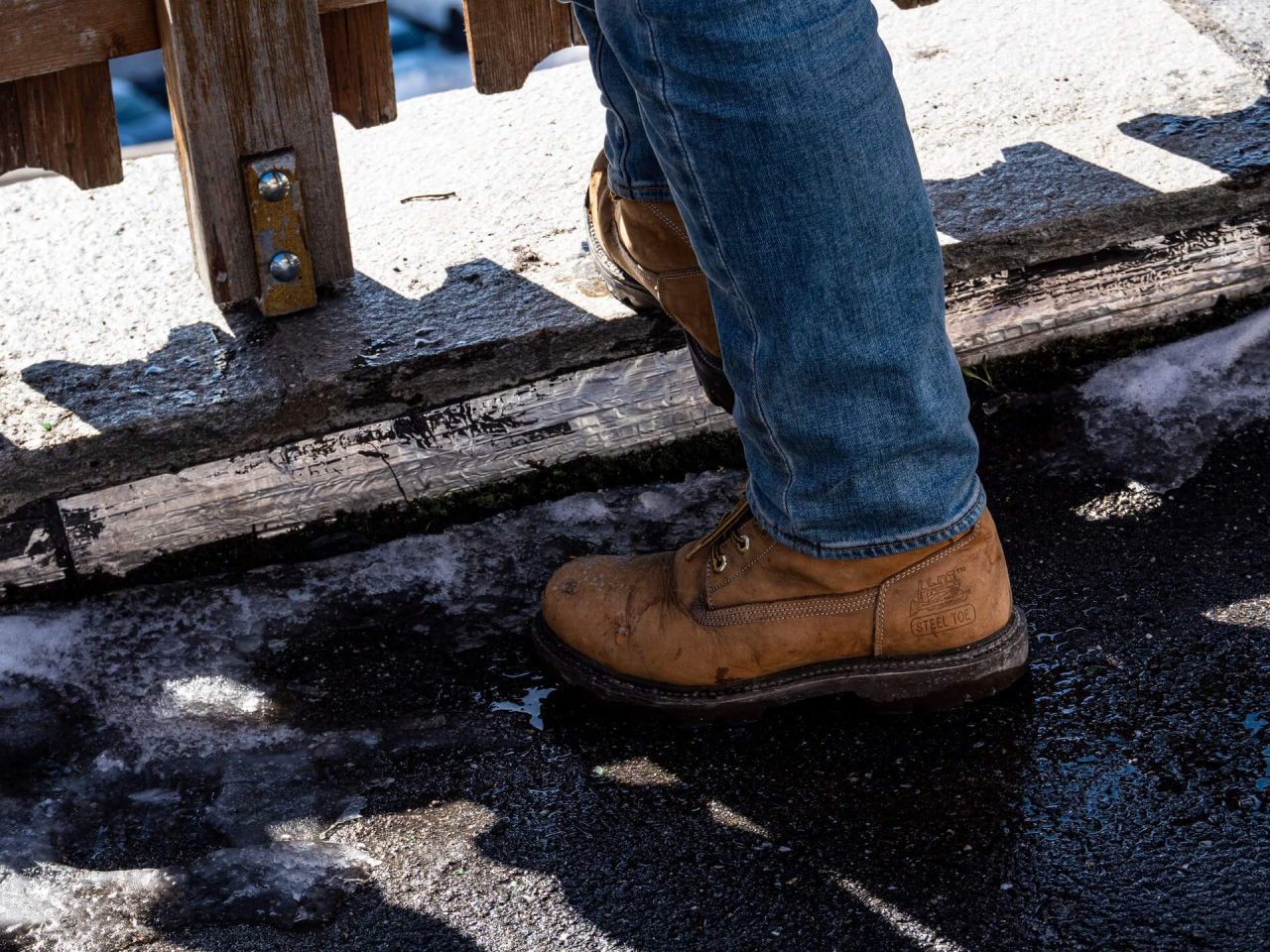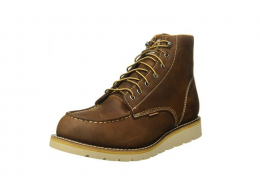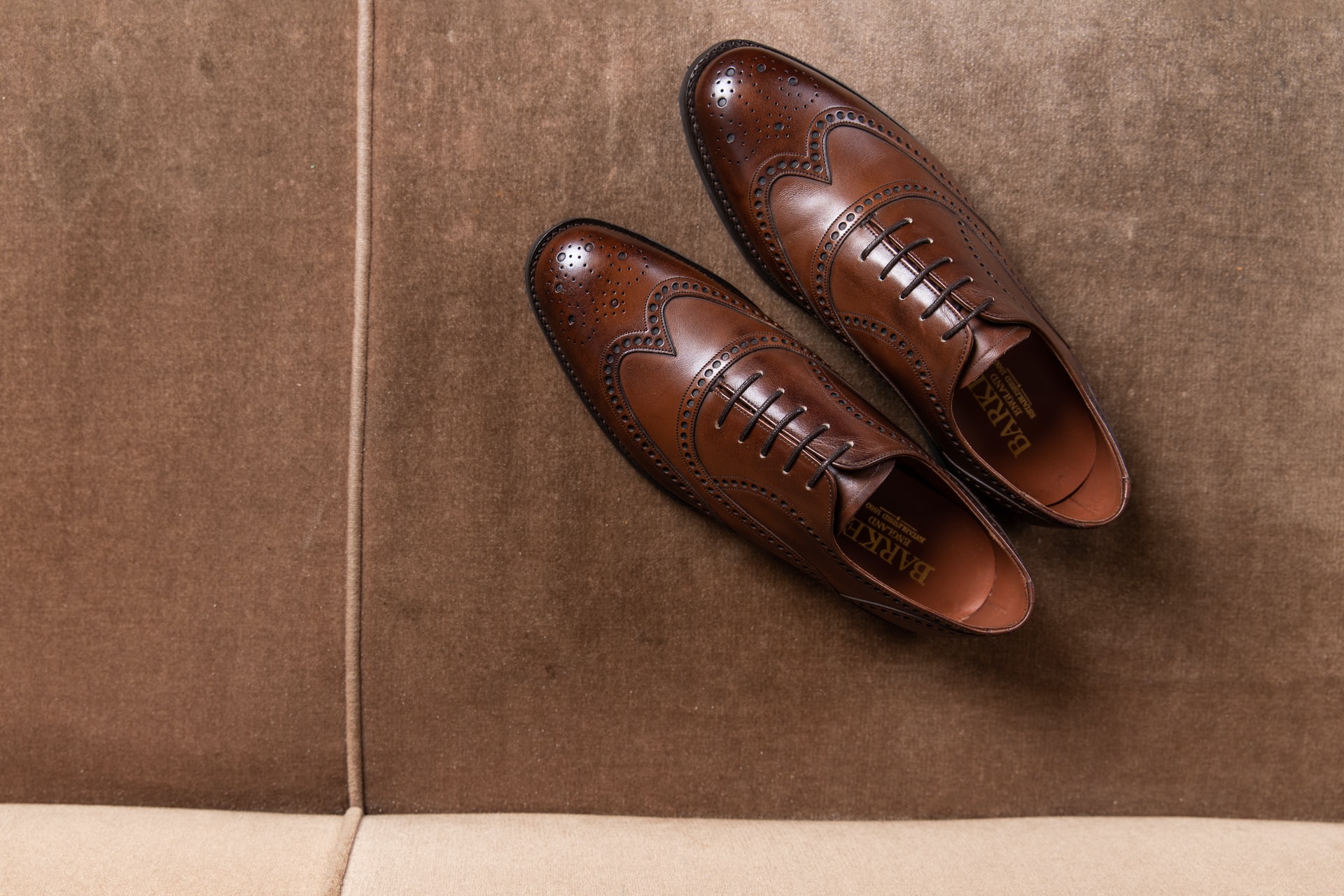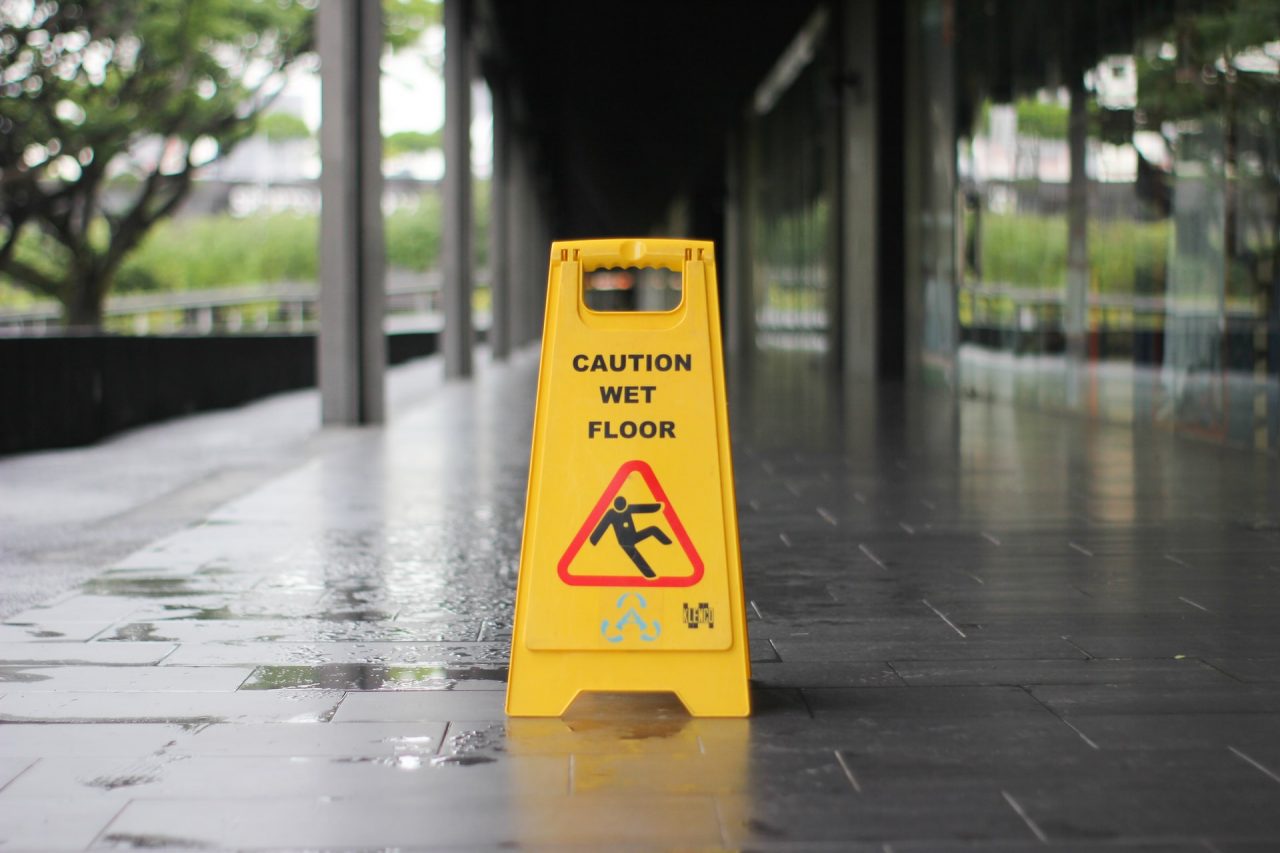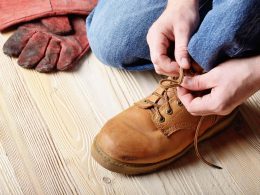Workwear Guru is reader-supported. When you buy through links on our site, we may earn an affiliate commission. Learn more
If you have finally made your choice and bought a new pair of work boots, you’re not done just yet. An abundance of benefits comes with wearing the proper work boots, however, you need to know how to maintain them as well.
First things first, you should know how to break in new boots before you wear them to work for a whole shift. Moreover, you can read our tips on how to clean your work boots, how to polish them, and learn other work boot care tips based on the type of boots you’ve bought.
How to Break in New Boots
Walking around the house with your new shoes is a common method to break them in. This procedure works for most people since it allows them to get used to the shoes without experiencing any blisters or skin irritation. Or, you can use a boot stretcher, which is a widely used tool for altering the fit of your shoes.
If none of these techniques work for you, you can choose to put your work boots in the fridge overnight, apply leather conditioner, wear more than a pair of socks, or put ice bags inside the boots and you will not experience any pain or discomfort when you wear them for the first time.
How to Clean Work Boots
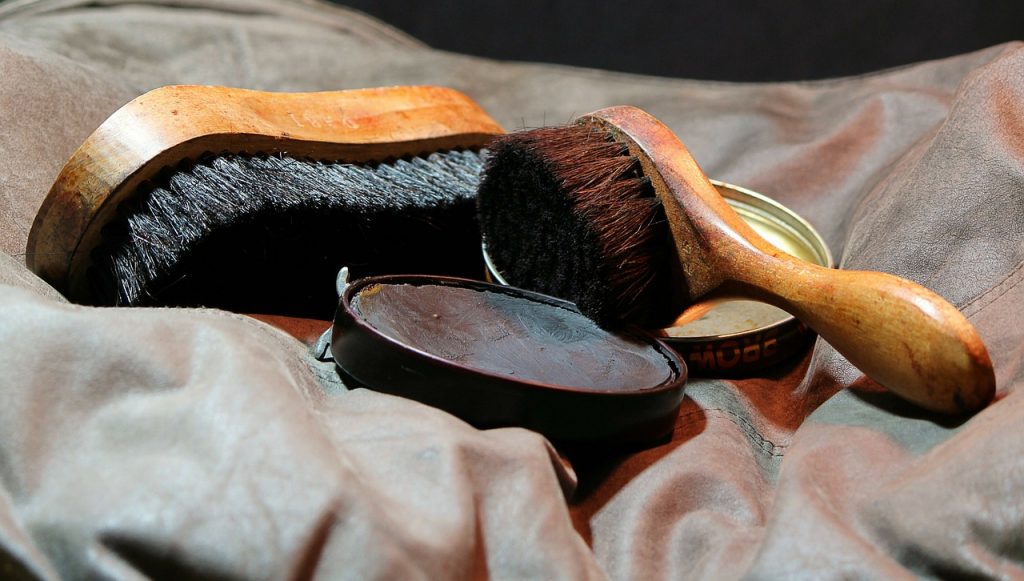
There are numerous ways to clean your work boots, but you need to choose a method that suits the material from which they are made of so you don’t ruin your pair. The type of work boots you choose may differ depending on the work you do and the environment you work in. The work boots, however, are most commonly leather or steel since they fit most professions.
How to clean steel toe boots
For steel toe boots, as a general rule, you can choose to wash the entire work boots simply by using soap and water. This is one of the easiest ways to clean your boots, by rubbing the outer fabric with a cloth specifically for this purpose or using a rag you know its material is the right one to clean your boots.
If you notice any stains such as grease, the best way to remove them is by using talcum powder. First, you can gently rub the outer part of the boot with a microfiber cloth, and then sprinkle the powder on them. The powder should sit on the stains overnight. After you follow all these steps, it’s time to grab your microfiber cloth again and rub the powder out gently.
However, if you want your boots to look like new, then you will need a scrub shoe brush (toothbrush for smaller stains or dirt).
If you don’t have the time to follow any of the previously mentioned steps, you can always put the boots in the washer. However, if they’re made of suede material, we suggest cleaning them by hand since machine washing may be too harsh and can damage them. When you wash your shoes, make sure you turn off the auto dry clean option to avoid damaging the machine.
How to clean leather boots
To clean the dirt off your leather boots start by removing the laces and picking the right brush or microfiber cloth to rub them softly on the outer part with soap and water. The soap can be dish soap, saddle soap, or you can use baking soda. Add leather conditioner after the cleaning process is over and let them dry. If dirt is not the issue with your leather work boots, but you notice oily stains or a bad smell, try to rub them with a cloth damped in baking soda and water or vinegar and water mixture.
How to Polish Work Boots
Before, you polish your boots, make sure they are clean and you have gotten rid of all excess debris. Once your boots are clean, apply shoe polish using a cloth in circular motions. There’s no need to apply a lot, but if you happen to put in more than you should have, then use a shoe brush to remove the amount of unwanted shoe polish. If you’ve followed all these steps, you finally need to make your shoes shine. To do so, you can quickly rub your boots with a cloth in an up-and-down motion. Then, you’re all ready to go.
More Tips on Work Boot Maintenance
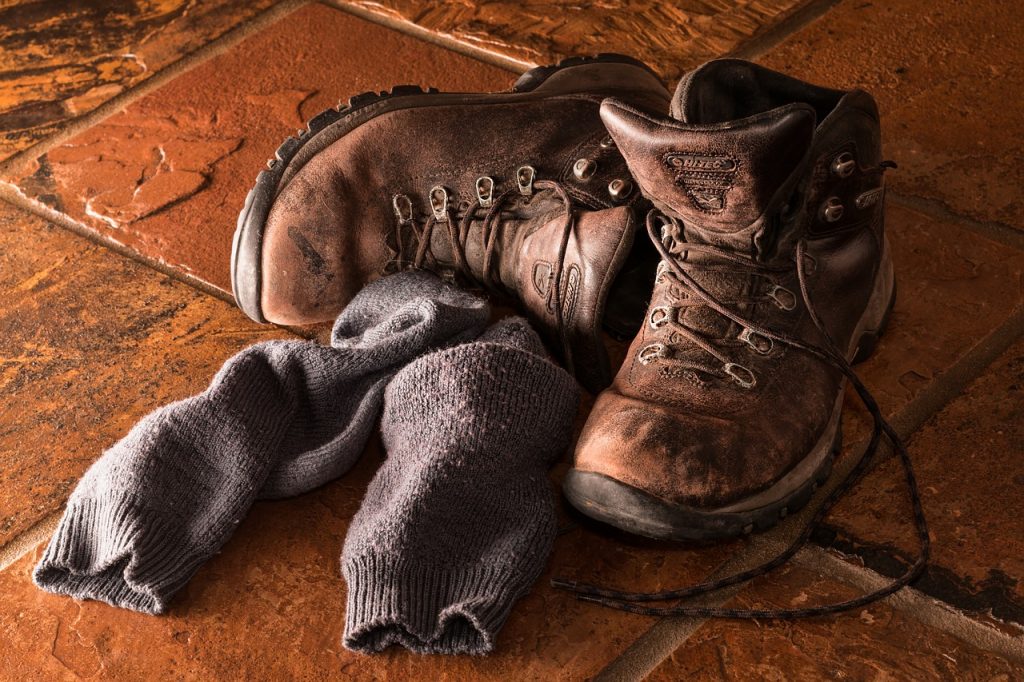
It is important to know how to clean and polish your work boots, but that’s not all if you truly want to take care of them. You need to waterproof your boots, store them properly, wear moisture-wicking socks, repair or replace them when damaged, or have an extra pair of boots so you can switch in-between wears.
Waterproof your boots
To waterproof your boots you can use creams, pastes, or waxes. You should apply any of the products that work best for your boots once in a few weeks by rubbing them with a cloth.
If any of the above are not suitable for your type of work boots, you can use waterproofing sprays. There is a variety of sprays you can pick from oil-based to silicone, or acrylic copolymer sprays, depending on the material of your boots and the stains they can have.
Store them properly
What does one do when you no longer need to wear your boots every day? Do we just toss them in a container or a dark storage place?
Depending on your needs, you have to consider ways of storing your boots. First, it is best to clean your boots first before storing them. Second, you should put them in clean storage spaces so that dust doesn’t collect when you’re not wearing the boots.
You should also consider moisturizing them and putting a mat beneath them. You can either use boot hangers or simply line them up. To better maintain your work boots, think of stuffing socks or something similar in them so they can keep the shape they have—especially for tall boots. Another option is to get organized bins and store your boots in them.
Wear moisture-wicking socks
Another step to comfortable feet when wearing boots is wearing moisture-wicking socks with them. Not only do they help to stretch th boots if they are tight at first, but they also protect your feet from any pain or blisters by keeping out the moisture and preventing friction. Once you get to wear moisture-wicking socks, you won’t be taking them off anymore. Usually, moisture-wicking socks are made of silk, acrylic, merino wool, synthetics, ingeo, or similar material.
Keep an eye for possible damage
Apart from cleaning and maintaining your boots, you should also keep an eye for any possible damage to them. When at work, the boots can get scratches, change color, or start to rip off in small parts. In order to save your boots, repair small damage as soon as your spot them, or consider replacing your boots if you feel like they no longer perform their designated function.
Alternate between pairs
While we all have that one pair of ‘go-to’ shoes for us that feel like we can walk miles and miles with them, investing in an alternate pair of boots can be a smart thing to do. Think of the sweat our feet produce every day—it may often take more than a night’s rest for your boots to dry. In order to let them dry properly, you can wear your other pair of boots to work, instead.
Once you buy a new pair of work boots, you should also take proper take care of them. It is important to know how to break them in, how to clean them, and how to polish them. In order for your work boots to have a long life, you need to waterproof them, store them properly, wear moisture-wicking socks, take care of any small damage before it gets big, and use another pair of boots, if possible.





